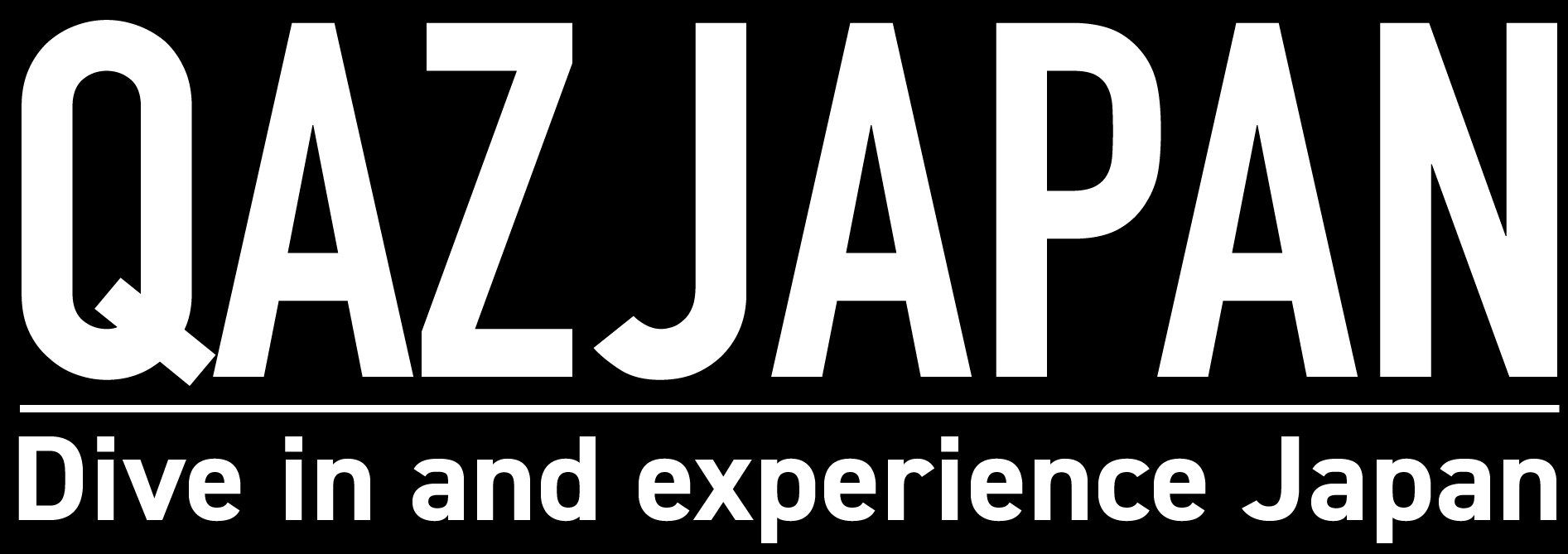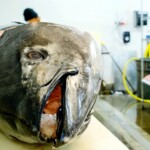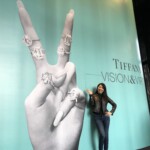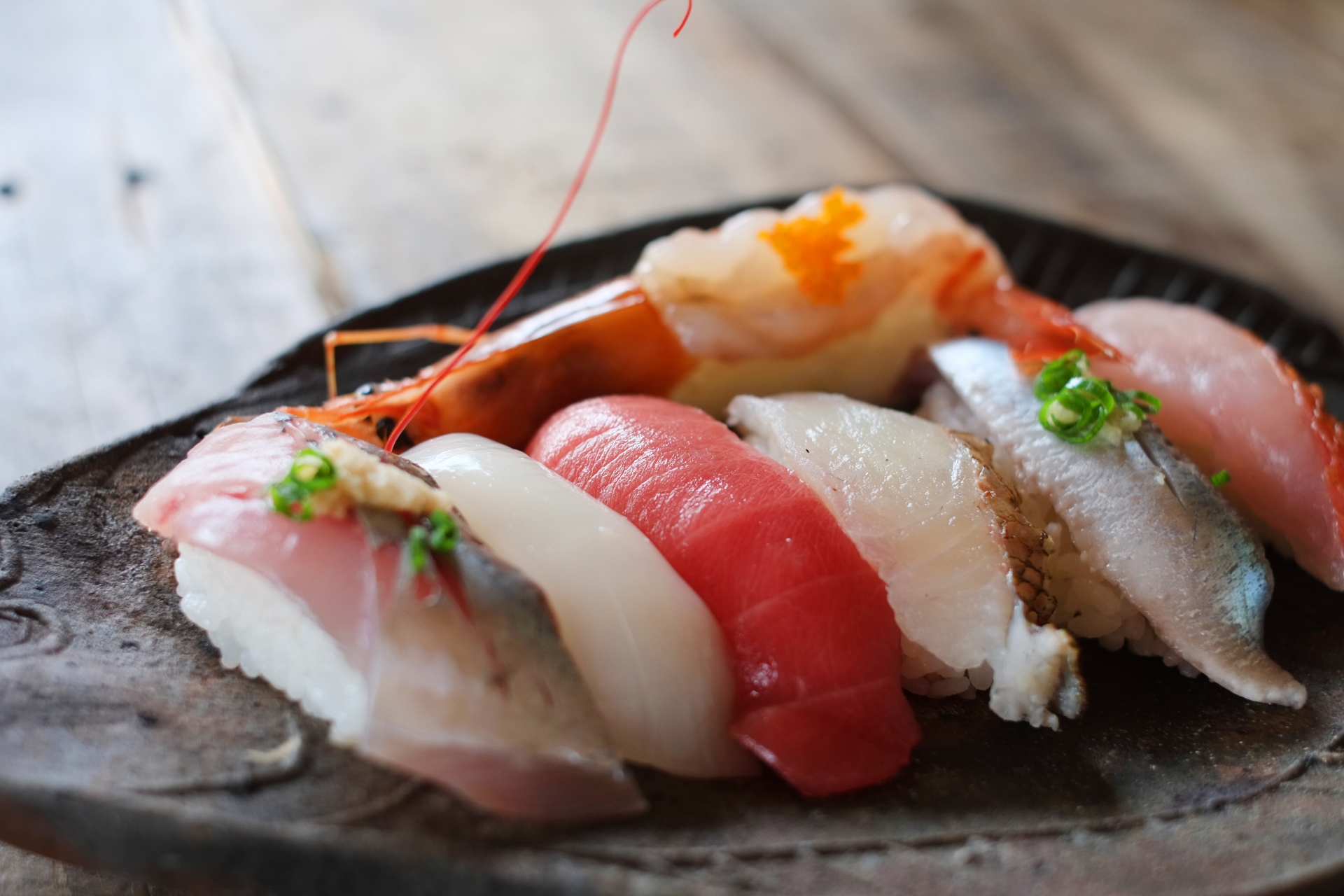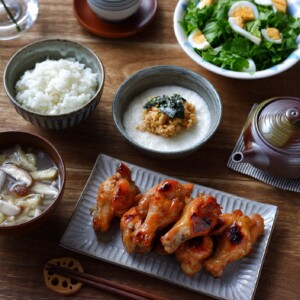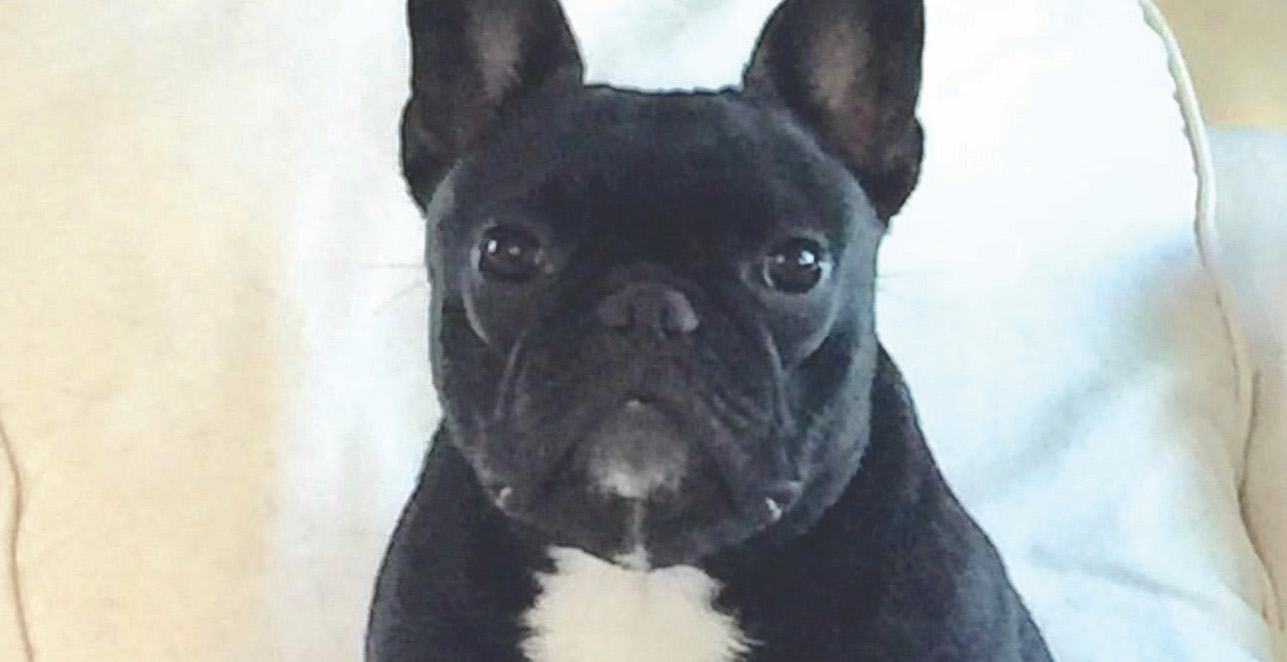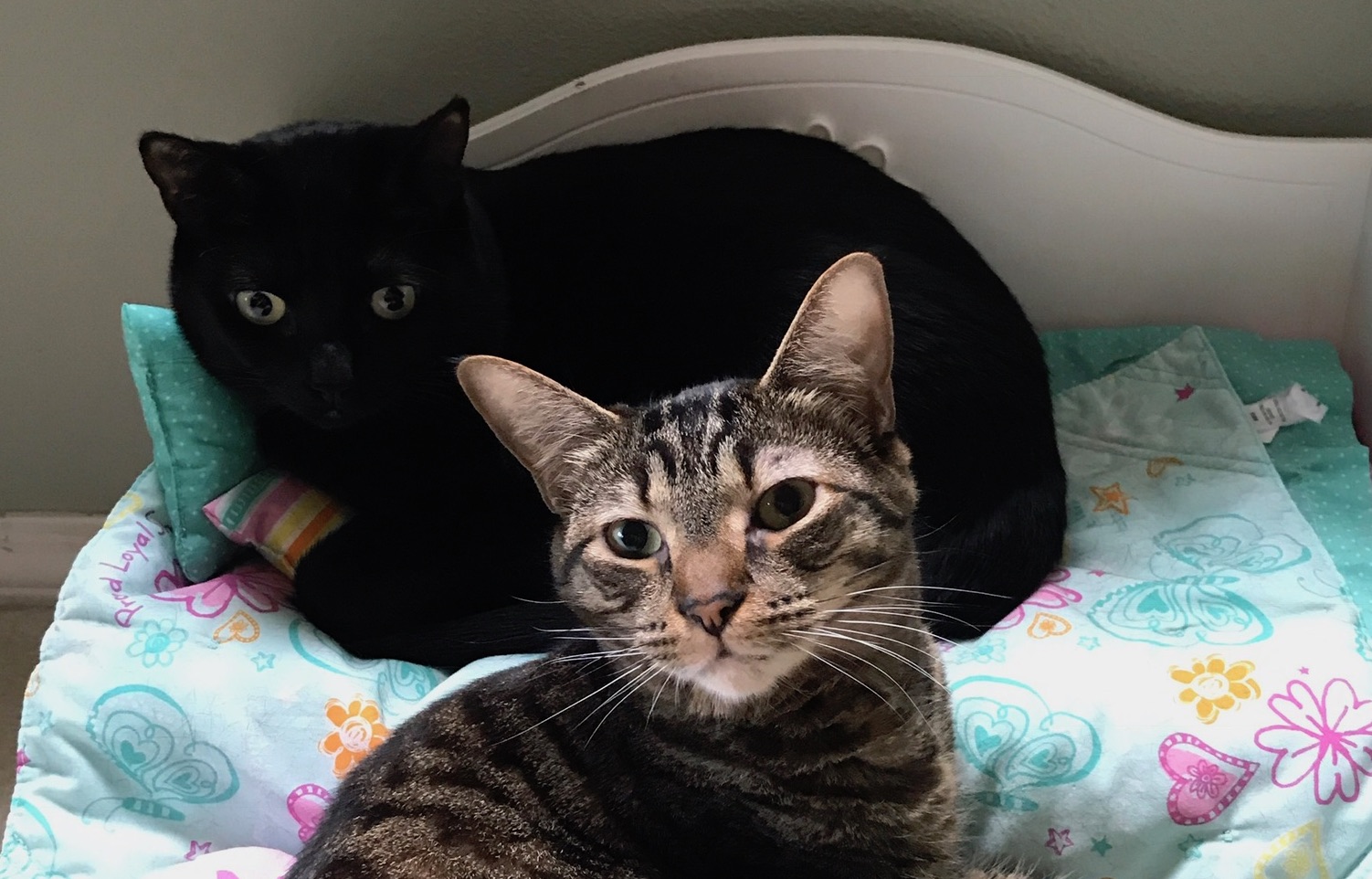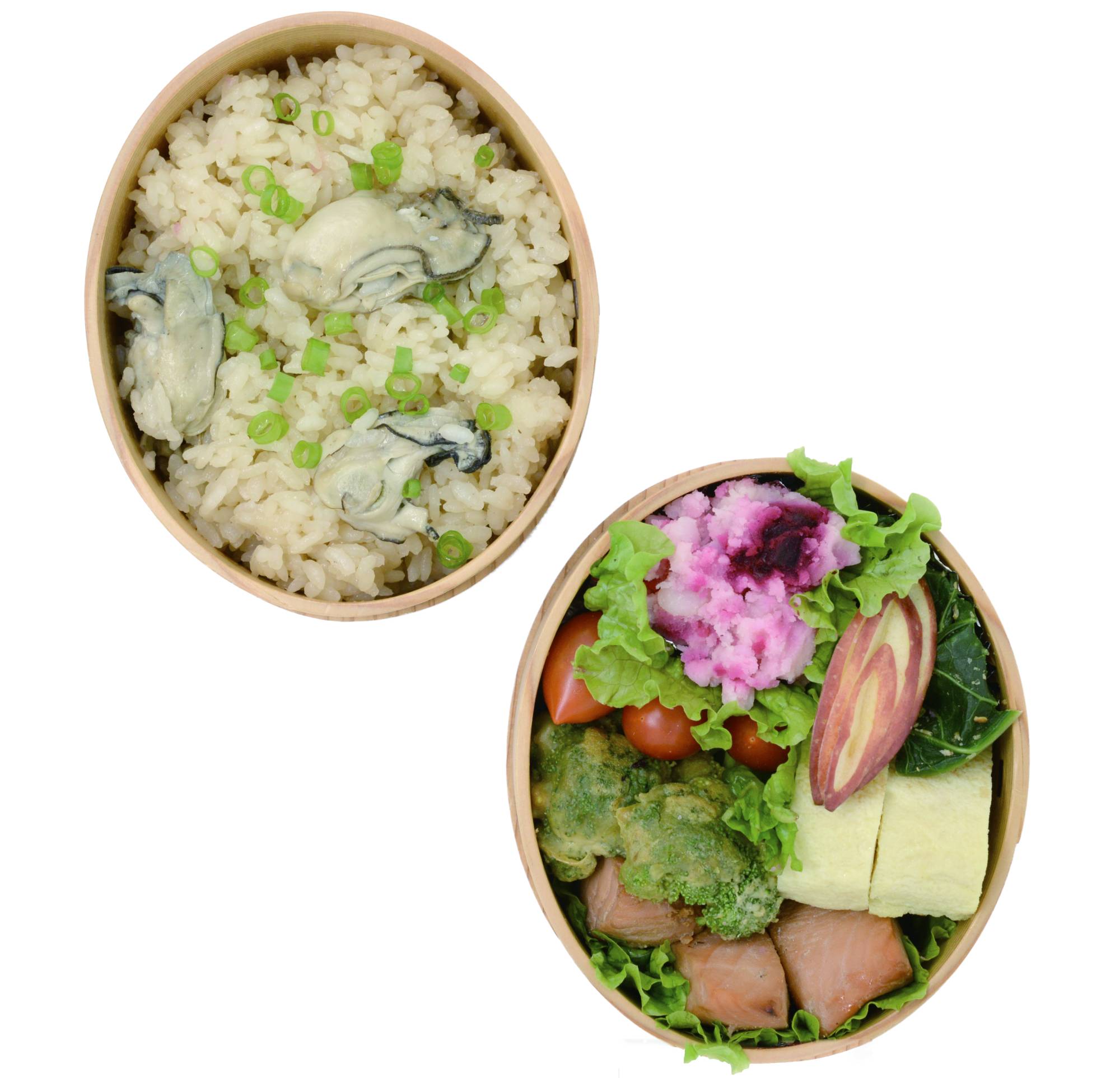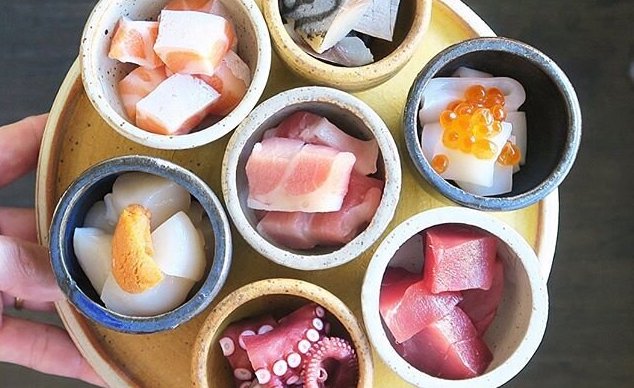
Honor Your Fish
From Origami Magazine
Yuji Haraguchi has learned some simple but powerful lessons working in the fish business in Japan and on both coasts of the United States. Most recently, he has put those lessons to work in his very popular Osakana fish market and his OKONOMI//Yuji Ramen restaurant in Brooklyn, NY. He’s like the Kon Mari of fish, sparking joy in kitchens across the Big Apple by introducing New Yorkers to the concepts of mottainai and teaching them how important it is to handle your fish with respect.
Yuji is also the founder of Okozushi in New York City, Yuji Ramen Tokyo in Tokyo’s Koto ward, and Lorimer Kyoto, which specializes in traditional Japanese breakfasts. His strategy of adapting the best Japanese practices to the American culinary world resonates with New Yorkers – so much so that his Osakana fish shop expanded its selections like never before in 2020 because of demand from stuck-at-home consumers for the very best fish from Japan.
Origami caught up with Yuji on a recent Zoom call to talk about his thriving business. Excerpts from the conversation follow.
The concept of “Honor Your Fish” (Sakana o taisetsu ni).
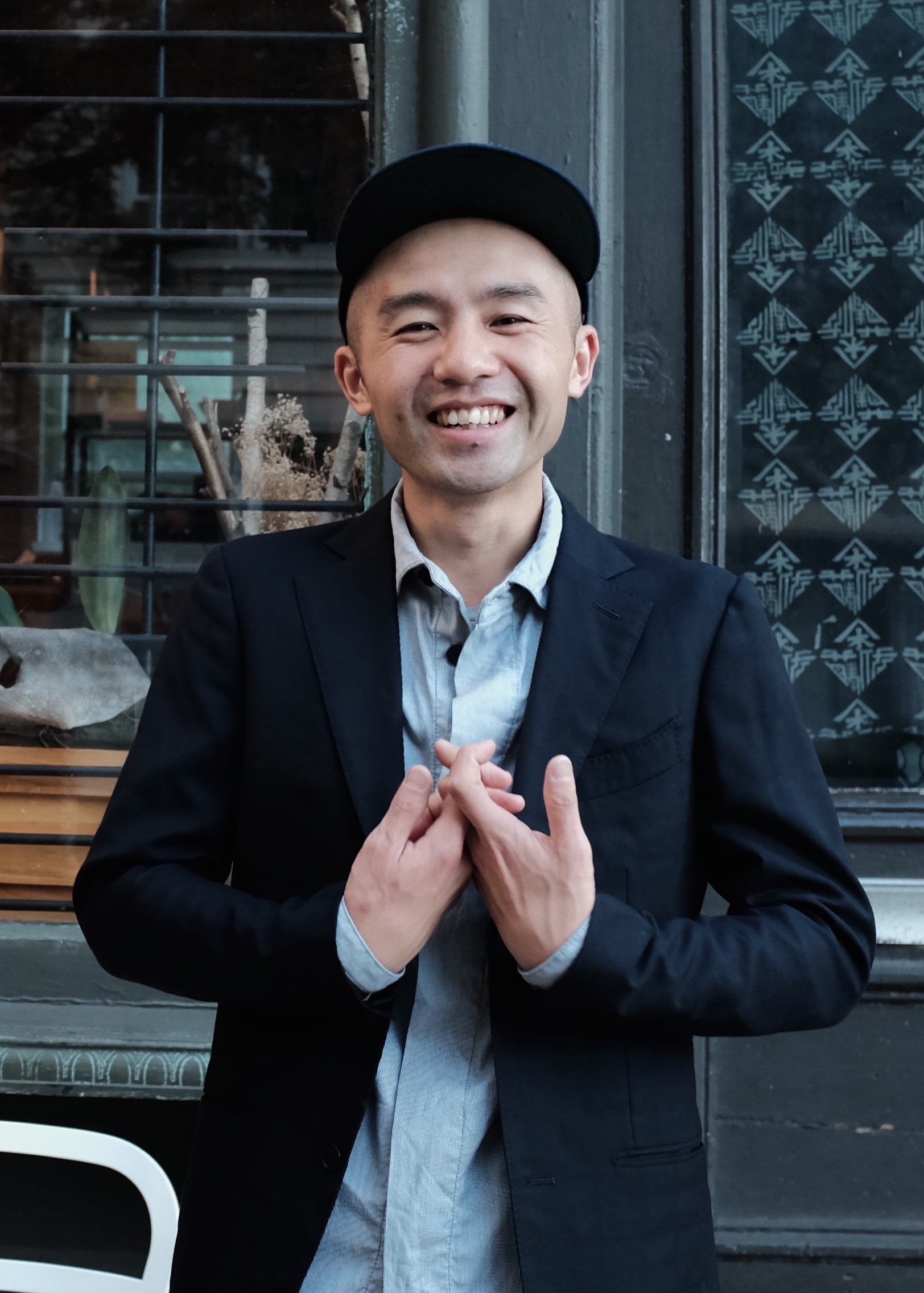
My inspiration came when I was working in Boston. I should say that Boston and Seattle are two of the few cities in America where you can see the live fish come in on the fishing boats. I work in New York, but there’s no such pier where the boats come in and unload the fish. My mission at this fish company was to bring sushi-grade fish to restaurants. Sushi-grade fish often comes from Japan. I often got asked by other chefs how come we can’t get local fish of sushi-grade quality. I was caught between trying to import excellent fish from Japan to high-end sushi restaurants and French restaurants, and trying to fill demand from other chefs for local fish for sushi and sashimi.
Since I was in Boston, I would often go to the pier and purchase from the fishermen. I also had the opportunity to go to Tsukiji (the former wholesale market in downtown Tokyo) and work with the people we imported fish from. I saw how they took care of their fish in those two different cultures. What I realized is that the quality of fish was the same before they were handled by people. The quality changes after people start touching the fish. “Osakana wo taisetsu ni”has to do with how you handle the fish and how that changes the fish’s quality.
The fishermen, and the logistics, and the people at the markets (in Japan) handle the fish so much better than the people in the American seafood industry. That’s why the quality of the seafood (in Japan) remains much higher than the quality of the local fish even though the fish from Japan comes from far away.
The mission that I have at Osakana was to import the way of handling and taking care of the fish from Japan and apply it to local fish in America so that the quality of local fish will be as high as the quality of the fish from Japan. That was my inspiration for the philosophy behind Osakana when I started five years ago.

The concept of mottainai
Mottainai means “no waste” in Japanese and is also an expression to say, “What a waste.” Mottainai applies in two ways for me. One way is to literally use every part of the fish. The fish bones and the head are a good source for making stock. That’s why I started my Yuji Ramen business in New York focusing on fish-based broth. Working at the fish company in Boston, we sold so much tuna, but at the end of the day, you’d see a pile of tuna bones being discarded. At that time, I was 25, 26 years old and thinking about new business opportunities.
The other way mottainai applies to me is about not wasting an opportunity. There is amazing seafood here in America, but people don’t know much about it. They are wasting an opportunity because they just don’t know. Mottainai works in those two directions.
How American attitudes toward seafood have changed in the last decade
In the past 10 years, I think attitudes have changed significantly. I learned this during the Covid lockdown. We got slammed by so many customers asking for quality fish because not so many people could go out to eat at sushi restaurants. Because of all these crazy demands from customers, we expanded our offerings so much. I was always amused and surprised about how much customers know about sushi — in New York, especially.
Our toro is about $75 a pound. We introduced this new fish called kinmedai, which is called alfonsino and also golden eye snapper. It is much more expensive than tuna. We sell it at $95 per pound. We always sell out. That’s something I really didn’t realize – how much knowledge there is right now about fish in America. The interest level and knowledge among American consumers in the last 10 years has skyrocketed.
American hunger to learn traditional concepts from Asia
I was invited by the Ramen Museum in Shin-Yokohama to do a two-year residency with Yuji Ramen focusing on my tuna-bone-based ramen, called tuna-kotsu ramen, like tonkotsu but with tuna. They came to me because no one was doing this and they liked the mottainai concept. But since the mottainai concept is so natural in Japan, the customers didn’t react as strongly as the customers from here. American customers are more inspired by this whole concept because they didn’t know. The percentage of wasted fish versus the part that we eat is something like 40 or 50 percent, but people have no idea. When I tell customers the soup is made with scraps, they love it even more because they are enjoying the taste but also the concept.
Local versus imported fish
We have sort of changed our direction. I tried for the past four years to focus on local fish and make them available for consumers. But a lot of times, those fish are shiromi, or white fish. It is difficult to attract customers with white fish. To bring customers in you need toro, uni, and fatty fish in general. There isn’t that much fatty fish in America with the exception of the wild bluefin in the Atlantic. So I changed a lot of our selections. Most of our fish come from Japan now. That’s actually what brings in the business. It actually encourages people to look into white fish too. There is much more Japanese fish than local fish right now at my store, but I sell more of the local fish than I did before. That’s something I never expected.
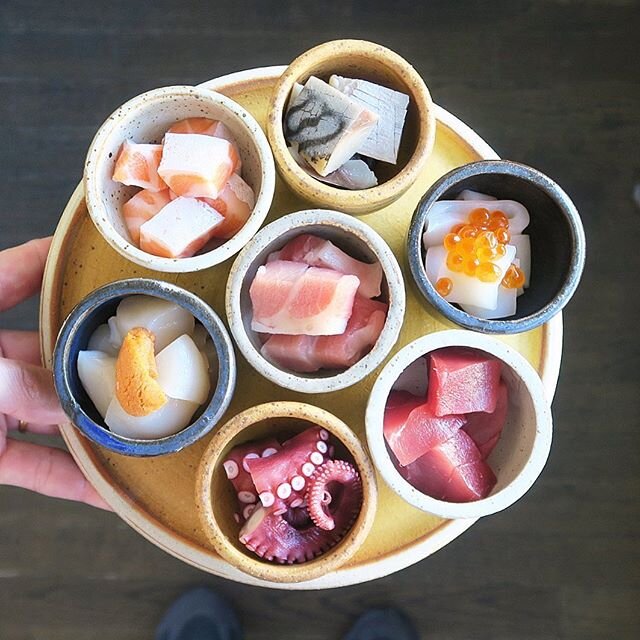
Author profile

- Bruce
- Bruce Rutledge loves books, baseball, and Pacific Northwest beer, He also loves Japan and has dedicated his career to telling more stories about the country through books, magazines, newspapers, TV, radio, and now, on Origami magazine. He works in Seattle's Pike Place Market. Come visit him in his store in the Down Under.
Latest entries
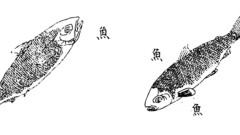 JAPAN2021.04.21KANJI-GATE: Fish Radical
JAPAN2021.04.21KANJI-GATE: Fish Radical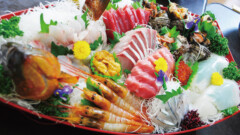 WORLD2021.04.20ORIGAMI Vol 17 – Blowfish!
WORLD2021.04.20ORIGAMI Vol 17 – Blowfish!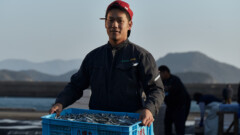 JAPAN2021.04.09Japan’s Fishing Paradise
JAPAN2021.04.09Japan’s Fishing Paradise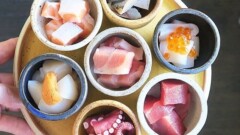 WORLD2021.04.08Honor Your Fish
WORLD2021.04.08Honor Your Fish

